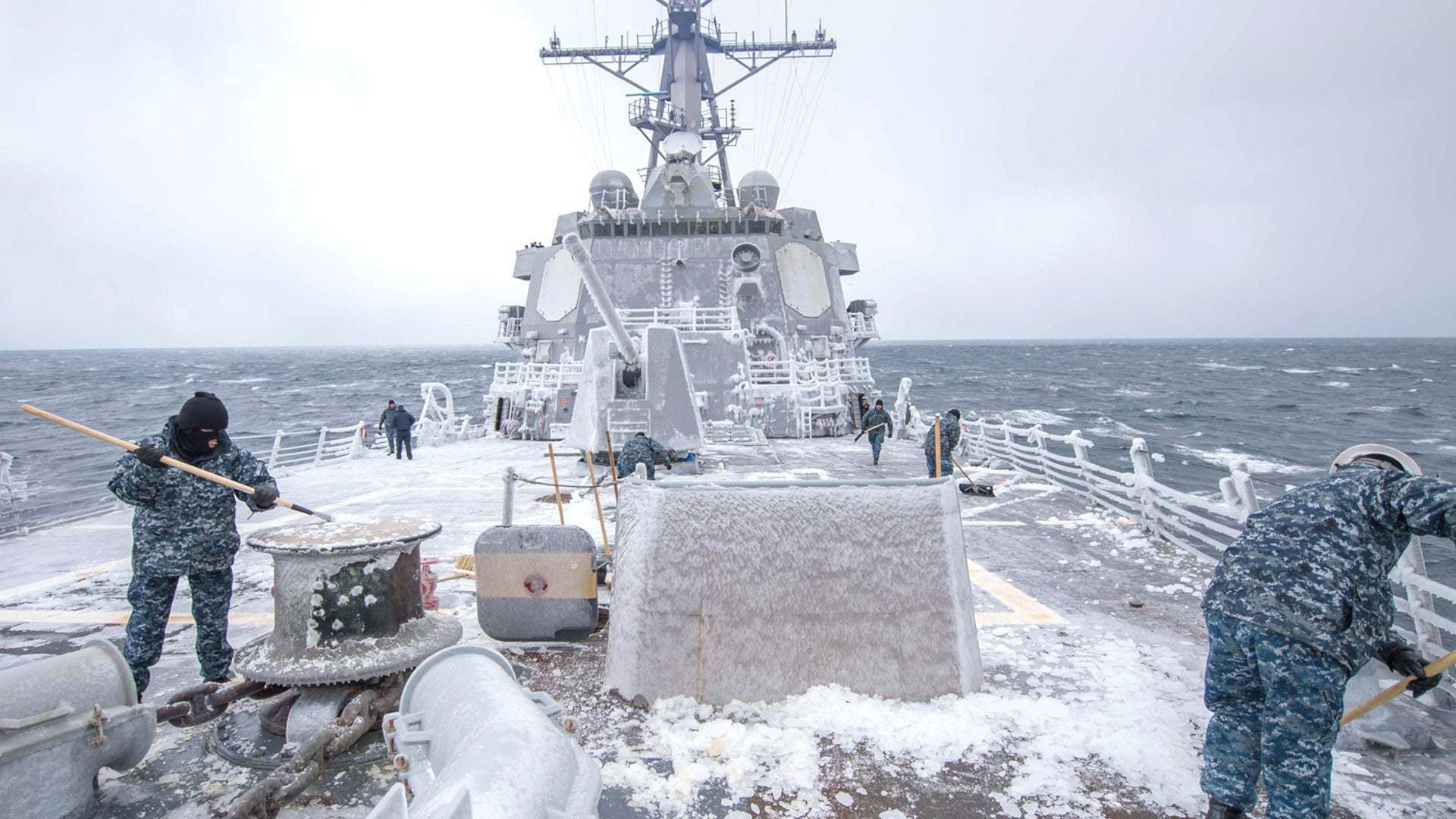The U.S. Navy says it is considering sending surface ships into the Arctic this summer and that it could establish a new strategic port facility in the Bering Sea to support more of those patrols in the future. These announcements come as the ice in the region continues to recede, opening up new maritime trade routes and other economic opportunities, as well as the possibility of conflict over competing interests. This has already prompted America’s “great power” competitors, especially Russia, to dramatically expand their military presence in the far north.
Secretary of the Navy Richard Spencer discussed his service’s plans for the Arctic at a gathering at the Center for a New American Security think tank in Washington, D.C., on Jan. 8, 2019. He did not say what ships might be headed for the Arctic later this year or when and where exactly that deployment might occur.
“As an example, this summer, the [Chief of Naval Operations] and I have talked about having some ships make the transit in the Arctic,” Spencer said, according to USNI News. “We’re just fleshing it out right now.”
The Navy already has a well-established history of operations above the Arctic Circle. However, it has traditionally conducted most of these operations using submarines or patrol planes, both of which can more deftly avoid the threat of floating pack ice in the far north.
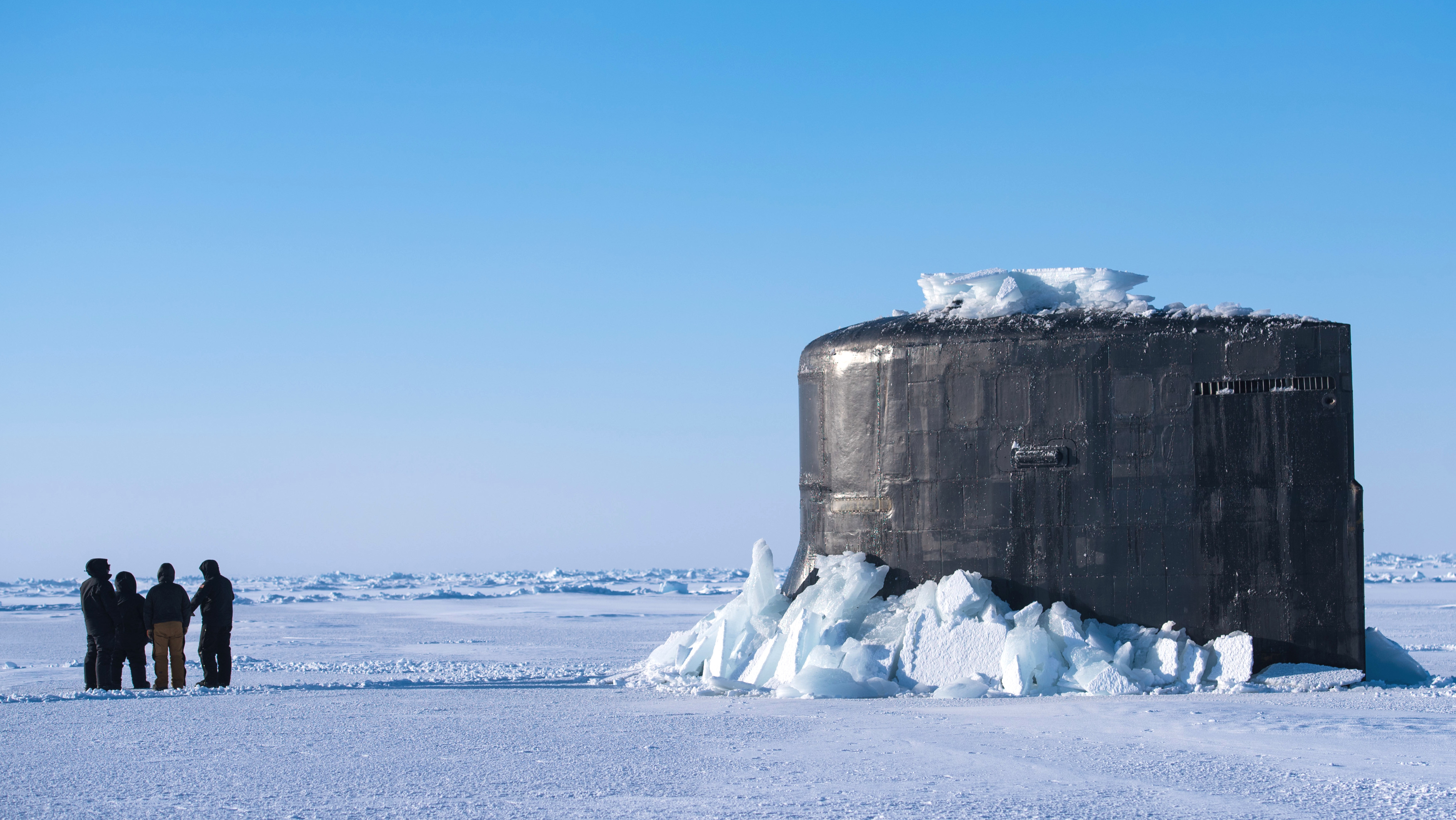
In October 2018, the service sent the aircraft carrier USS Harry S. Truman and the other ships in her strike group above the Arctic Circle, the first time a flattop had gone that far north in nearly three decades. This visit to the Norwegian Sea was part of NATO’s large-scale Exercise Trident Juncture, but also offered the Navy an opportunity to gather more contemporary insight into the challenges of operating in this environment.
Beyond the cold temperatures, the bodies of water in and around the Arctic are notorious for their rough seas and extreme weather. The Whidbey Island-class landing ship dock USS Gunston Hall
suffered damage and some members of her crew ended up with minor injuries as the ship encountered heavy seas on its way to join the Trident Juncture drills. The mishap forced the ship had to turn around and return to Iceland.
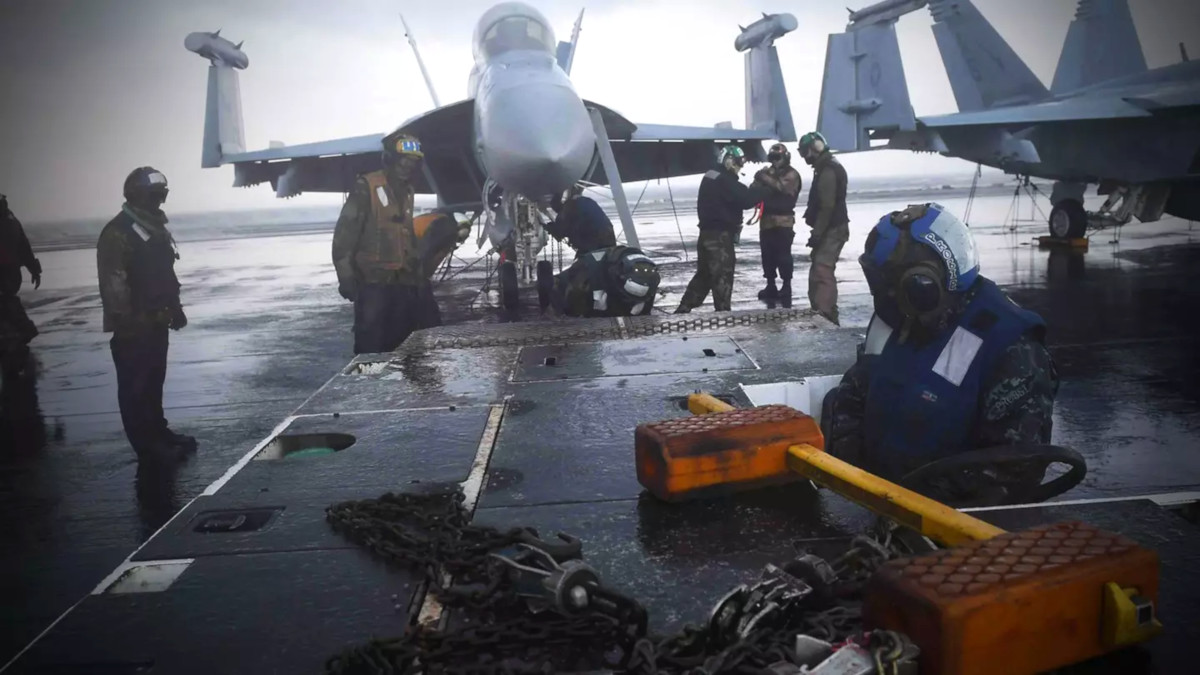
“But what is the purpose of that?” Spencer asked rhetorically about the plans for a new Arctic deployment. “We have to learn what it’s like to operate in that environment.”
Though the Navy is well aware of the strategic importance of the Arctic, and has increasingly made it a priority issue, the service is up against a number of issues that might make it more difficult to expand its presence in the near-term. For one, it has no icebreakers and the U.S. government as a whole only owns two such ships.
The U.S. Coast Guard operates both the heavy icebreaker USCGC Polar Star and the medium icebreaker USCGC Healy. The former ship, the more capable of the two, is increasingly old and unreliable. The National Science Foundation does hire contractors to provide icebreaking support in Antarctica, as well.
The Coast Guard has been trying to acquire a new fleet of icebreakers for years, but has persistently run up against funding issues, a separate saga you can read about in more detail here. The partial U.S. federal government shutdown that began in December 2018, which affects the service, could delay those plans further.
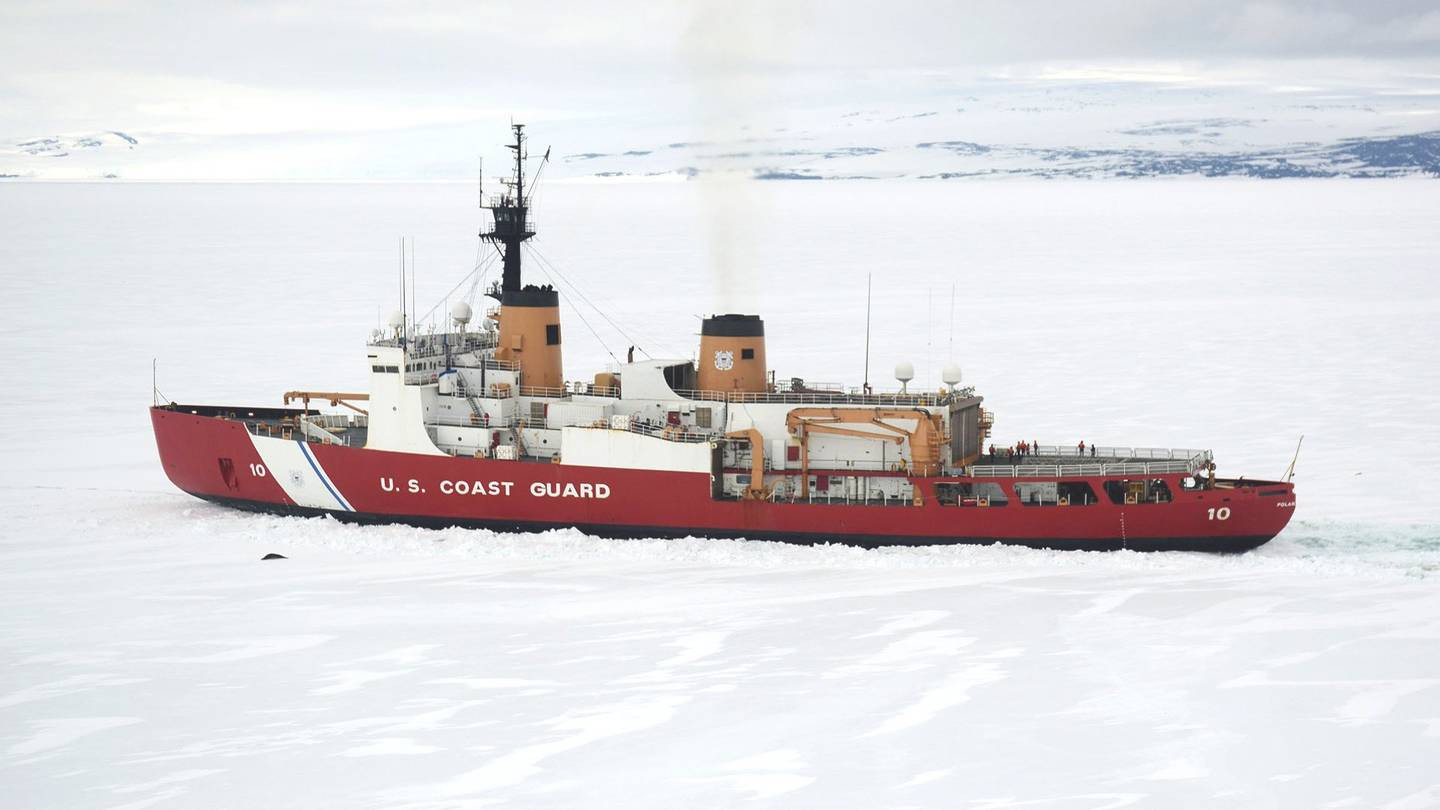
Though the polar ice cap has been steadily receding due to global climate change, and areas of the Arctic are increasingly ice-free entirely for extended periods during the summer, this hasn’t totally eliminated the risks to non-ice-capable ships. “It’s going to be a multi-service task – I think you’ll see the Coast Guard involved,” Navy Secretary Spencer noted about the proposed summer trip to the region.
The desire to have an icebreaker on call in case something happens could be a major limiting factor for the mission. A lack of naval support facilities above the Arctic Circle could make it harder to conduct sustained patrol and sea control operations, as well, which is the exact reason for wanting a new port on the Bering Sea in the future.
“A strategic port up in the Bering [Sea] area is being explored, but that would be a whole-of-government approach: that would be Coast Guard, Navy and [Department of] Commerce in that regard,” Spencer explained. “But it’s an area we have to focus on, most definitely.”
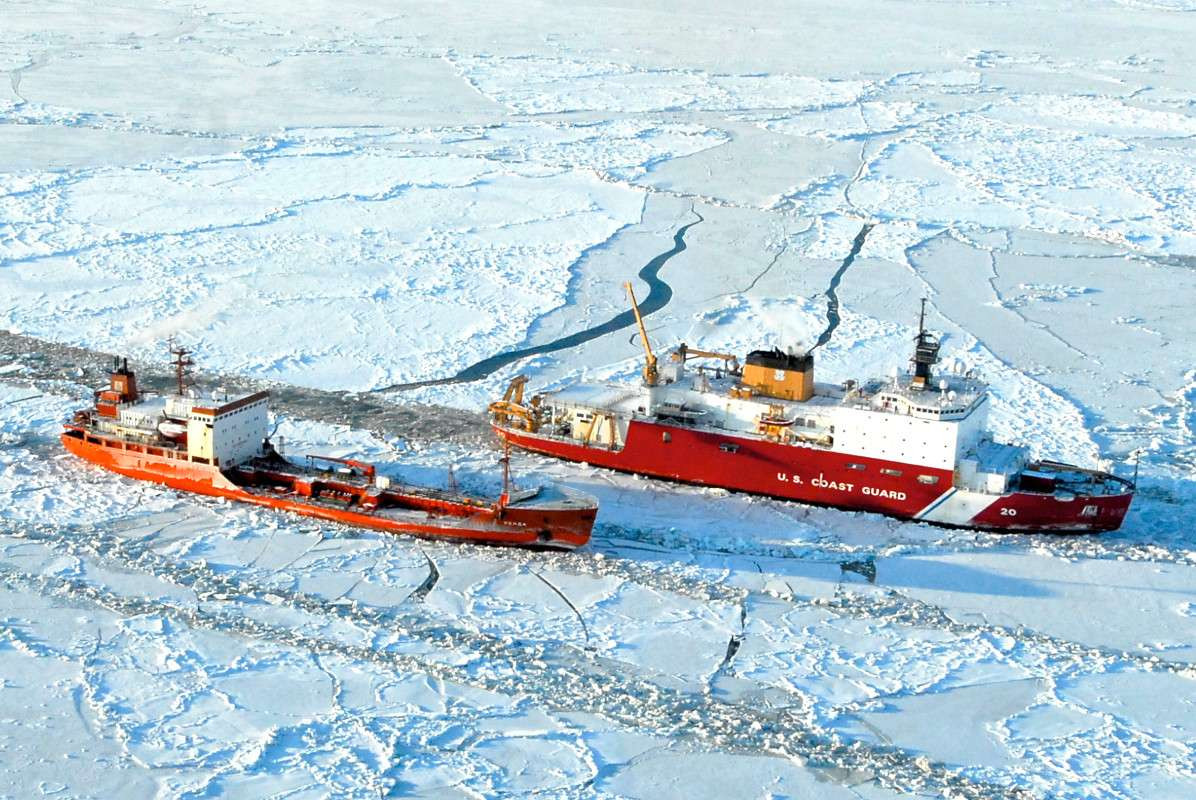
But beyond the environmental hazards and limited infrastructure, many of the Navy’s non-ice-capable surface ships are not necessarily equipped to conduct protracted operations in extreme cold weather conditions, to begin with. The Ticonderoga-class cruisers, the first of which got laid down in 1980, was the last of its surface ship designs to feature a purpose-built steam de-icing system. This is apparently not a feature on Arleigh Burke-class destroyers, which form the core of the service’s combat surface fleets.
Ice buildup on weapon systems, radomes, antennas, and other features on the Navy’s ships could limit their functionality or even cause damage. Without specialized de-icing features, a crew might have to spend significant effort manually removing the ice without causing any additional harm. That’s to say nothing of the need to clear flight decks and helicopter landing pads on carriers, amphibious ships, and other warships.
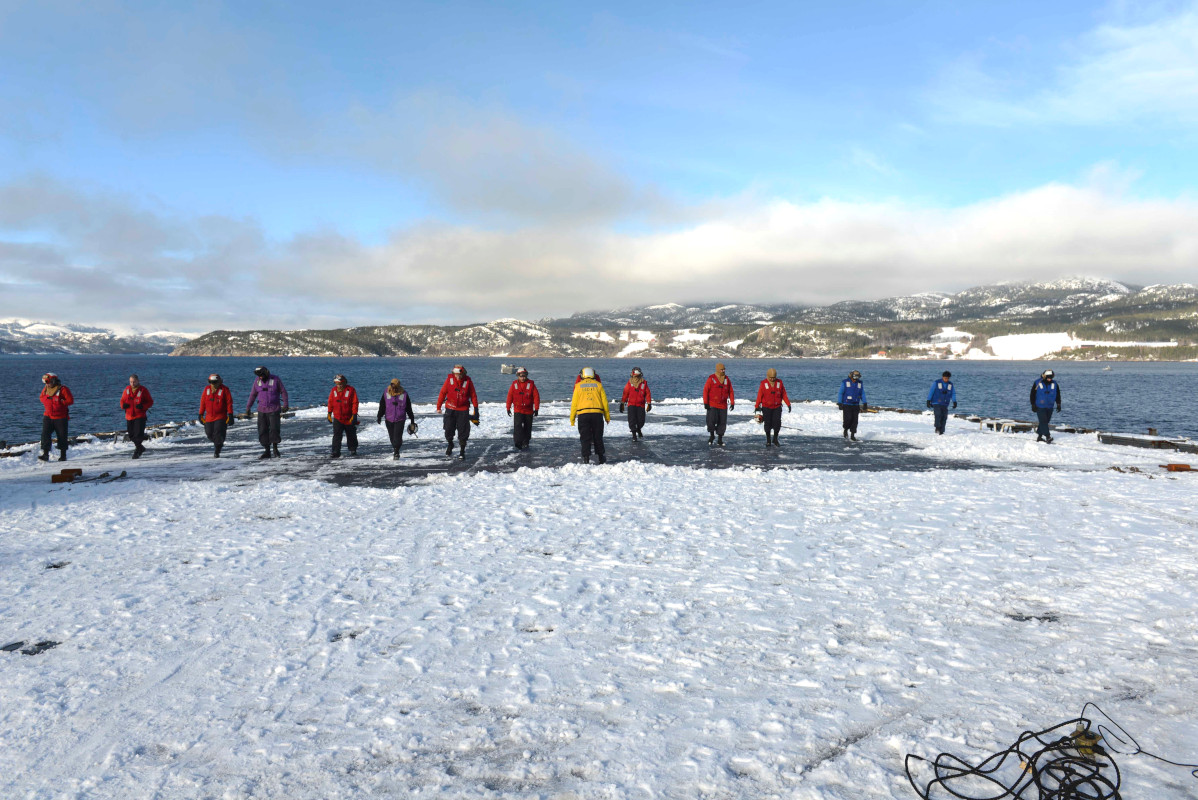
These are all issues the Navy will have to address if it wants to be able to challenge any potential opponents in the Arctic. Russia, in particular, is far more comfortable with naval and other military activities in the region. The country has the benefit of an expansive coastline above the Arctic Circle, as well as numerous islands with increasingly robust military infrastructure. The Russians have also made steady investments in icebreakers and ice-capable warships, as well as other modernization efforts to increase the capabilities of their forces in the far north.
In his talk, Spencer highlighted the Kremlin’s extensive Arctic capabilities in relating a story of a visit to NATO member Iceland shortly after taking up his post as Navy Secretary in October 2017. During his visit, “there was Russia, lighting up five Cold War runways with 10,000 Spetsnaz for ‘search and rescue,’” he said, using the Russian term for its special operations forces, according to Defense One.
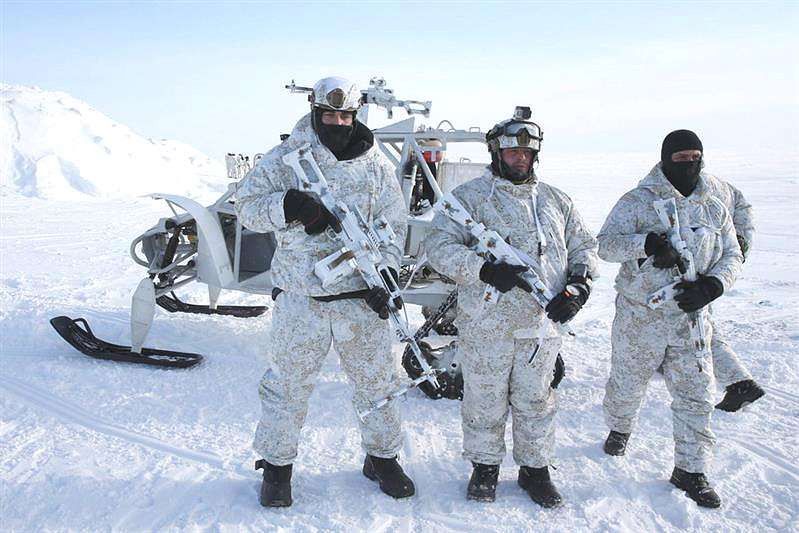
Since 2014, Russia has made a point of rehabilitating disused Soviet-era military infrastructure in the Arctic, as well as building new facilities to better support sustained operations there. The Kremlin is certain to take notice of any increased American activity and may redouble its efforts in response.
China is also increasing its presence in the region, which has been less visible, but is no less important. In September 2018, the country launched its first domestically produced heavy icebreaker and the state-run China National Nuclear Corporation is looking to build a nuclear-powered type in the future. All of this is in support of what the Chinese government has referred to as a “Polar Silk Road” in the region.
The region is set to see an increase in commercial maritime traffic in the near future, as well. In 2017, the specialized ice-capable liquid natural gas tanker Christophe de Margerie became the first commercial ship to make a run through what is known as the Northern Sea Route at high speed without an escorting icebreaker. Last year, Denmark’s Maersk Line announced plans to become the first company to sail a container ship through the route.
“Is that requirement a full requirement?” Spencer asked about whether the U.S. military’s over-arching plans for the Arctic were sufficient in response to the current and existing challenges in the region. “I think we can do more. We’re starting to do more in the Navy as we flesh it out.”
Sending surface ships above the Arctic Circle is an important step toward more regular operations in the region and plans for an actual Arctic-focused base will be important to support those future missions. At the same time, the summer sortie may also highlight that the U.S. military still has a significant way to go to catch up with its competitors.
Contact the author: jtrevithickpr@gmail.com
